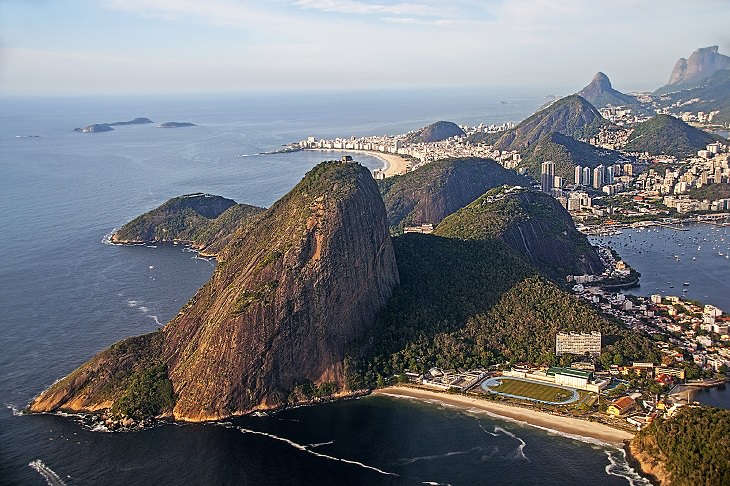
Almost everyone has heard of the vibrant city of Rio de Janeiro, and this is probably because it is considered one of the largest tourist destinations in the southern hemisphere. Rio is also the second largest city in Brazil where you can find many famous attractions, including its most famous symbol, Mount Corcovado, where the statue of Christ the Redeemer is located.
The city's residents often call it the "the marvelous city" due to its natural beauty, which includes wooded cliffs, tropical islands, white beaches and more. If all of this has not yet made you want to book a plane ticket, then here are 14 sites and attractions that will give you a little taste of what this happy city has to offer.
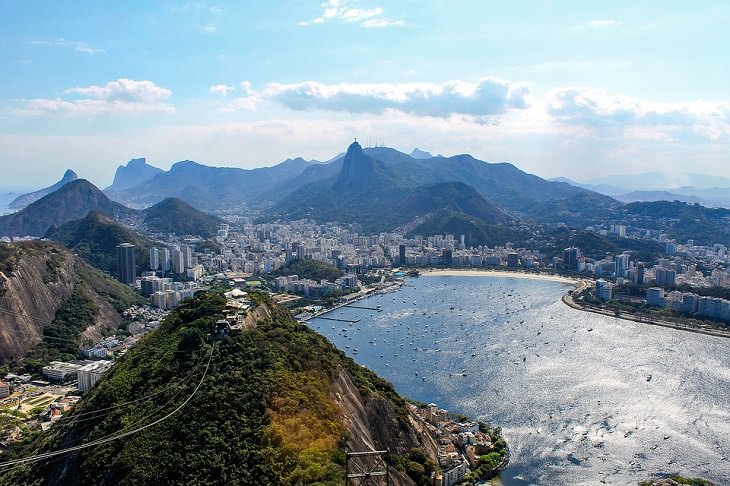
Lapa is located in downtown Rio de Janeiro and is known as the "center". In the past, the neighborhood was the red-light district of the city, but today the area is famous for its lively nightlife. Here you will find various samba and choro (genres of music bars, from which music bursts out and people dance on the streets over the weekend. The architecture of the neighborhood was established in the 1800s and provides a unique view of the major celebrations that take place. This neighborhood is the perfect place to meet up with friends, do karaoke, taste local dishes and sip Caipirinha - the national cocktail made from sugar cane, liqueur and lime. In addition, you can also find the famous and colorful Escadaria Selarón steps, which connects it to its neighbor Santa Teresa.
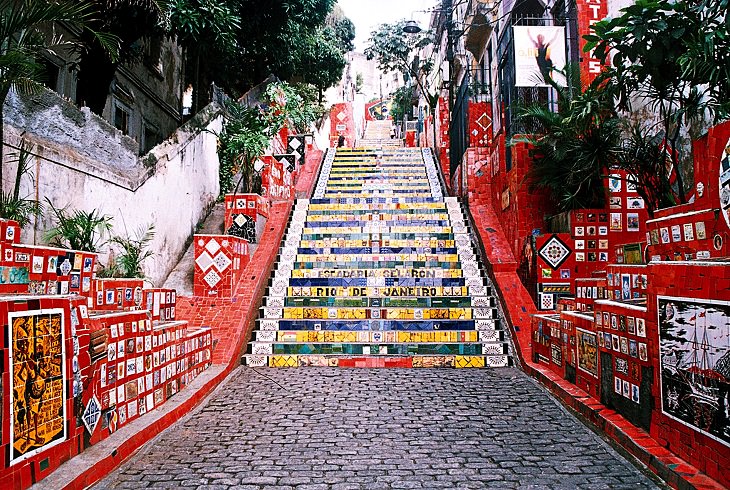
The longest and most spectacular beach in Rio de Janeiro is the Barra de Tijuca beach, which attracts almost no tourists. However, locals prefer to go to this beach than other beaches around the city, claiming that the water and beach are cleaner than the other famous beaches - Ipanema and Copacabana. Barra da Tijuca Beach is in the youngest area of Rio and has only been open for 30 years. Alongside the coastline you will find Barra Shopping, a huge mall which has more than 700 shops and restaurants. The area has earned the reputation of a young place where affluent people choose to live.
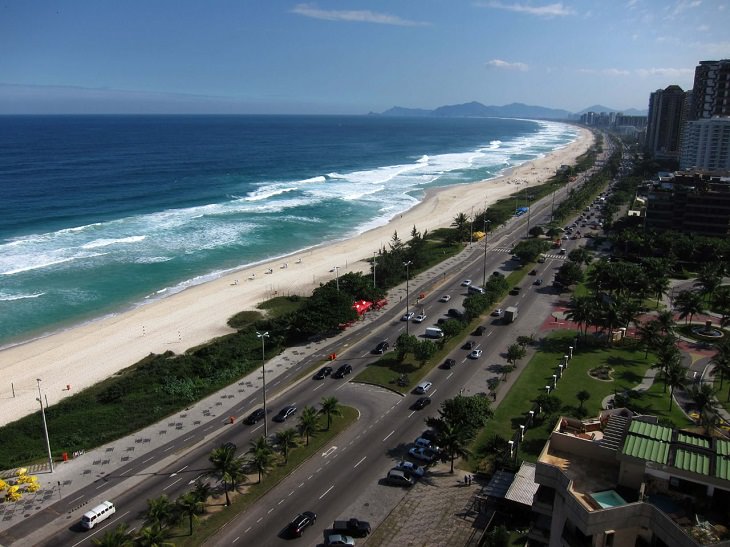
The Karioka aqueduct was built in the middle of the 18th century as a way of supplying fresh drinking water from the Carioca River to the inhabitants of Rio de Janeiro. One of the features of the aqueduct is a section that includes two floors of huge arches, and although at the end of the 19th century the aqueduct was closed, the arches remained in place. In 1896 it was decided to use the upper part of the arches to lead an electric train that connected the city center to the Santa Teresa neighborhood. Although the tram was closed for a short time due to an accident in 2011, it operates to a limited service. Today, the arches are a popular meeting place for locals, especially at night, when the area comes alive with tourists, musicians, dancers, peddlers and more.
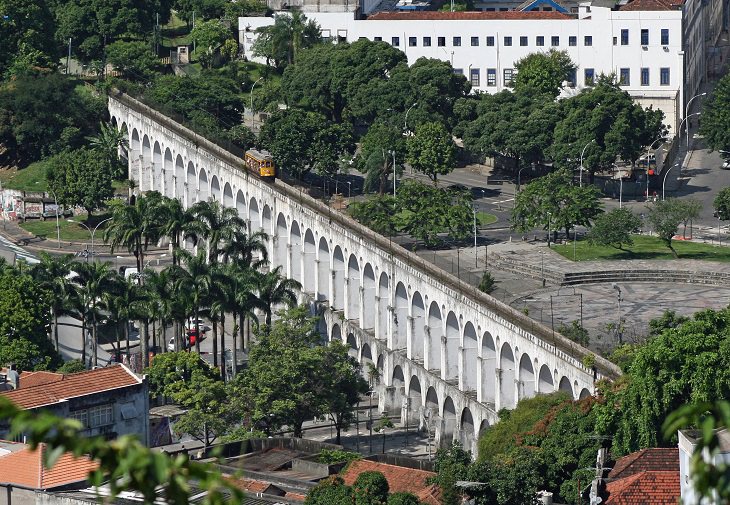
The Municipal Theatre is located in the city center and is the main opera theater in Rio de Janeiro. It was built in the early 20th century in an amazing neoclassical design that is reflected in the design of the gilded mirrors, marble columns, and staircases made of green onyx. If you ask the locals they will tell you that the building is the most beautiful building in the entire country, one that was inspired by the Palais Garnier in Paris. It is highly recommended to try and get tickets for a performance at the theater, but if you don’t have the time or you are not been able to purchase them, there are guided tours on site.
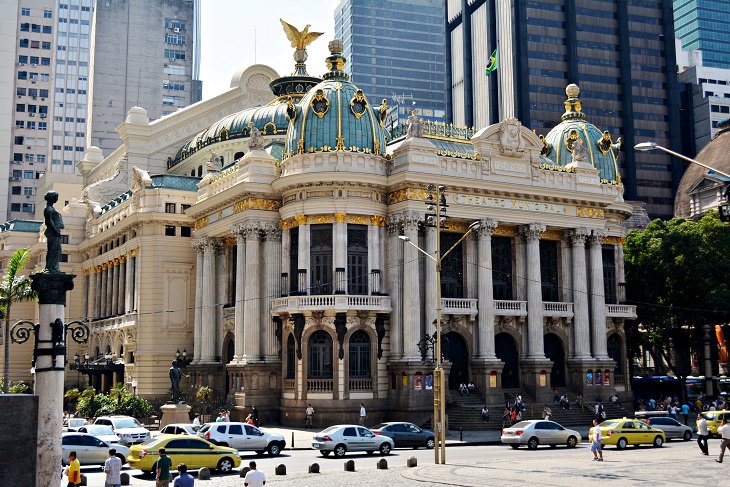
If you are looking for a quiet and peaceful stretch of beach near Rio de Janeiro, Prainha Beach is the perfect place for you. High hills covered with jungle vegetation surround the beach in the shape of a half moon, giving visitors a quiet and peaceful place that isn’t found on Ipanema Beach or Copacabana, especially on the weekends. At the beach you can enjoy clear waters, white sand and excellent surfing waves, making it a favorite of the surfers in the city and dangerous for swimming, so you should be very careful while swimming in the area. There is also a small open-air restaurant overlooking the beach, along with kiosks where you can buy souvenirs, drinks, and food.
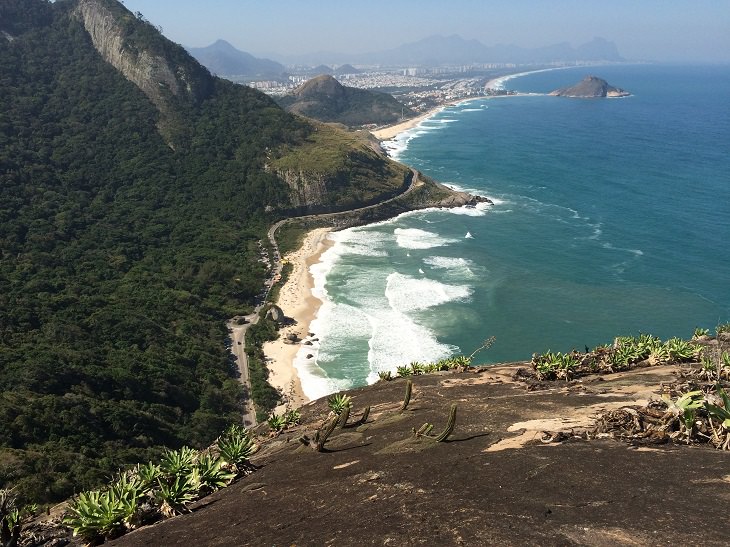
Parque Lage is a very impressive public park located at the foot of Mount Corcovado. The place is surrounded by rainforests and is rich with walking trails, gardens and even a small aquarium in a peaceful setting. In the park, you can also see the amazing palace that once belonged to the famous Italian opera singer, Gabriella Besenzoni and her husband Enrique Lage. Today, the palace serves as a mansion and an art school where many artists exhibit their artwork for free. The palace has a café where you can sit and watch the amazing scenery and the statue of Christ the Redeemer from afar. Entrance to the park is free of charge and you can reach the statue through a moderate but challenging hiking trail.
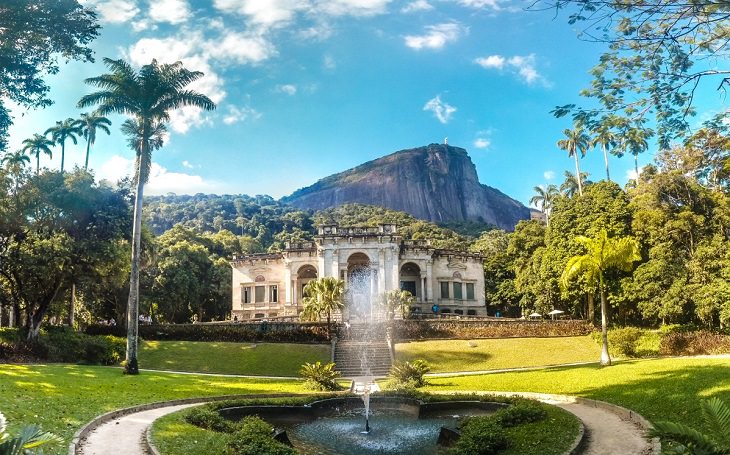
The Lagoa neighborhood is not only the most affluent neighborhood in Zona Sul, but it is also the third most expensive neighborhood in all of South America! The nearby lagoon, called Rodrigo de Freitas Lagoon, is surrounded by a 4 km trail, which is the preferred place for local runners and bicyclists, with many cafés and restaurants along with its stunning views and views of the beaches beyond it.

Ipanema beach is known most of the world for the song "The Girl from Ipanema" composed and performed by Antonio Carlos Jobim in the 1960s. Since then, it has been one of the most popular tourist destinations in Rio de Janeiro, and routinely reaches the top of the list of "best beaches in the world". The beach stretches over long and large stretches of soft white sand, bordering a well-organized chain of shops, cafes, and restaurants along with a variety of art galleries, theaters and clubs. The beach is located in the prestigious area of Zona Sul, which lies between the beaches of Copacabana and Ballon. The beach is divided into segments by "lifeguard huts" and alcohol can be found everywhere along with circles of people playing soccer, volleyball, and Footvolley (Futevôlei) - a game of football and volleyball, originally created in Brazil.
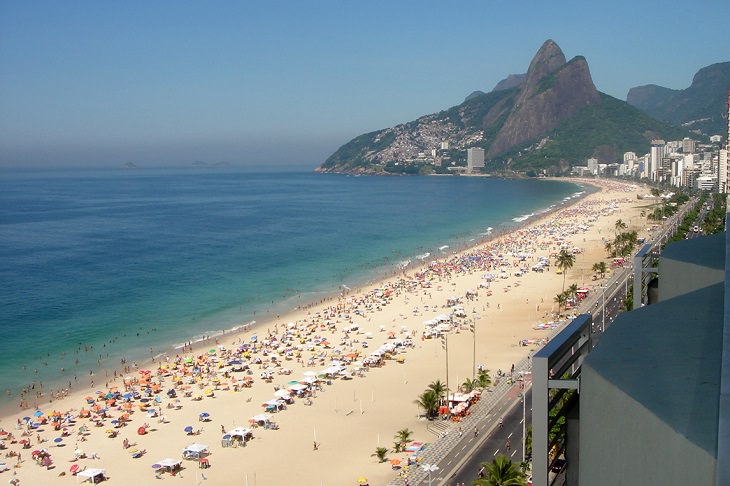
Football is by far the most important sport, if not the national sport, in Brazil, so it is not surprising that the Maracana Arena (originally the Mario Filho Stadium) is one of the most recognized sites in Rio de Janeiro. When it opened in 1950, it was able to accommodate up to 200,000 fans, making it the largest stadium in the world. The capacity was reduced for safety reasons and the addition of organized seats resulted in a reduction of 120 thousand places. Later, ahead of the World Cup, held in Brazil in 2014, the stadium was renovated in order not to shame the title of the largest stadium in South America. This stadium is home to the Flamengo and Fluminense teams, and if you are lucky you might also be able to catch the Brazil team playing because most of the home games are held there.
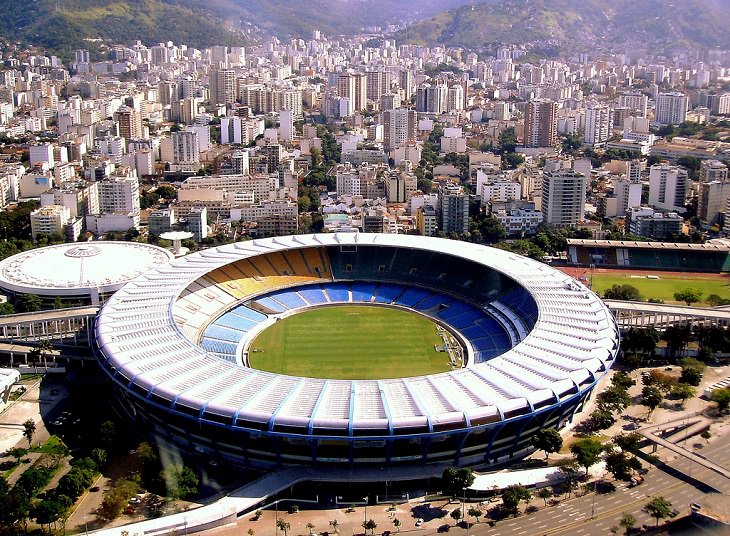
Tijuca National Park is one of the largest urban forests in the world, covering a vast area of mostly mountainous scenery. Visitors to the park can stroll to the highest peak in Rio de Janeiro to enjoy the sweeping views of Guanabara Bay and the city below. The park was almost completely destroyed in the early 18th century by clearing coffee plantations, but much of it was replanted in the second half of that century with more than 9 million new trees. In the park you can see some of the most beautiful waterfalls in the world, among them the Cascatinha waterfall, which flows from a height of 100 meters, alongside various historic buildings.
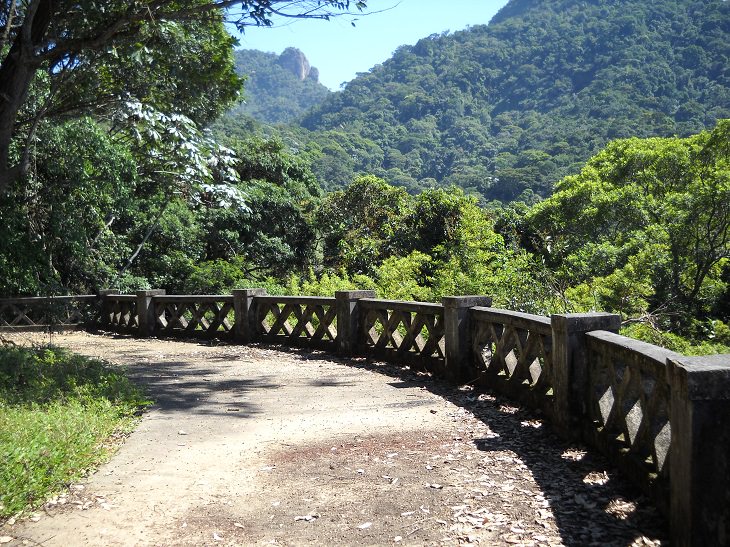
The Santa Teresa neighborhood is set on a hill overlooking the Rio de Janeiro harbor, inviting visitors to go back in time and experience the elegance of 19th-century mansions and paved streets. In the past, the neighborhood was cut off from the city until 1896, when the aqueduct that connected the neighborhood to it was built. The neighborhood was a haven for artists, musicians, and writers in the 20th century, and although fashionable clubs and boutiques have taken over, it still maintains its friendly and inviting atmosphere. The last tram left in the city, the tram of Santa Teresa, was once a popular tourist attraction in Rio de Janeiro and was based on the aqueduct, but recently it is limited in use after an accident had taken place on it in 2011.
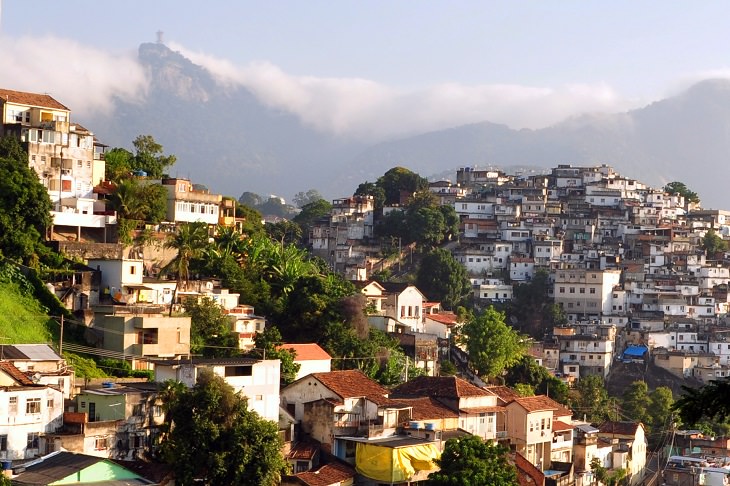
Just west of the Lagoa neighborhood are the Rio de Janeiro Botanical Gardens, home to more than 8,000 species of plants. It was built in the early 19th century and includes mature species of the same period and avenues of especially tall palm trees. Many visitors visit the garden to see the various plants that grow in it, including a large number of beautiful and rare orchids. In addition, there are a number of monuments, fountains, a Japanese garden, a pool full of water lilies and a museum featuring exhibits which focus on cultivation and preservation of the environment.
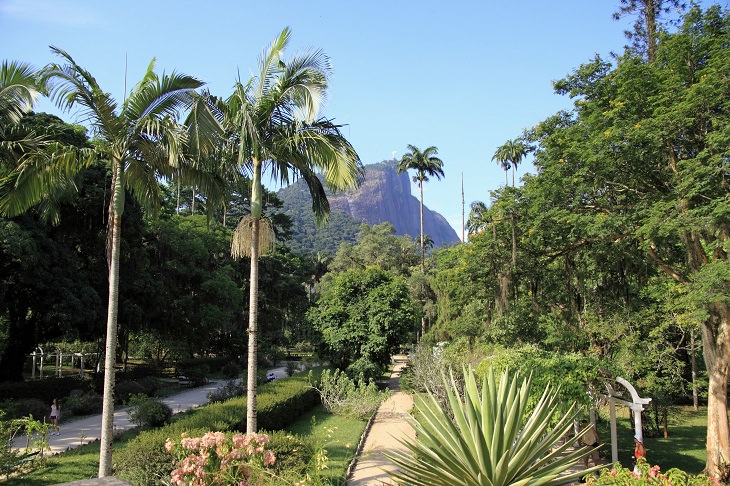
The Sugarloaf Mountain is a granite solitary mountain, which is 400 meters above sea level and above the Gulf of Guanabara. It is called so because it resembles a refined sugar cone, similar to those produced in the sugar factories in Brazil during the colonial period. A cable car with transparent glass windows, leaving the Orca square makes the 1,400 meters to the top of the mountain with one stop at the top of Orca Mountain. The mountain is considered an attraction for climbers, and at its bottom is one of the largest urban climbing sites in the world, with more than 270 climbing routes.
